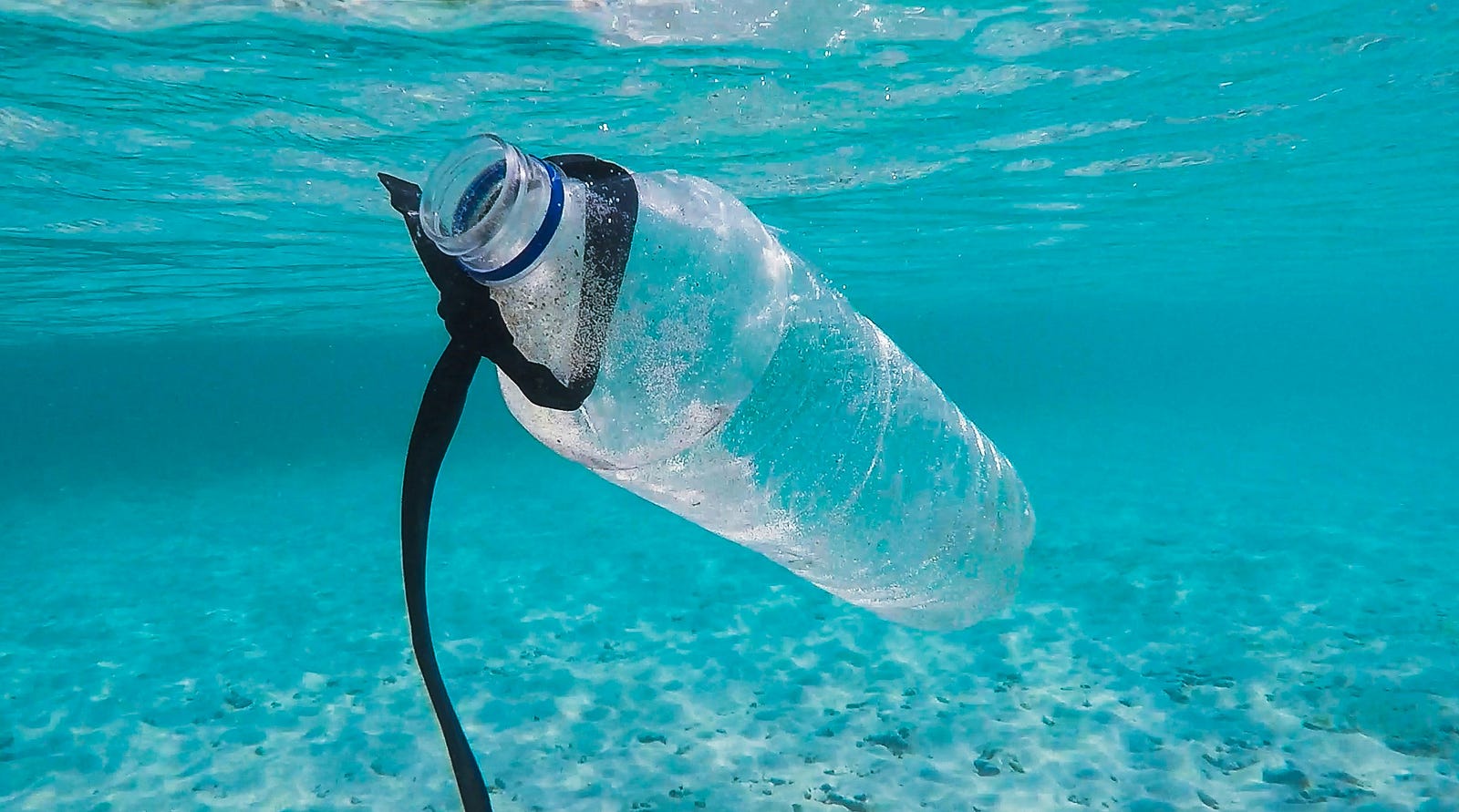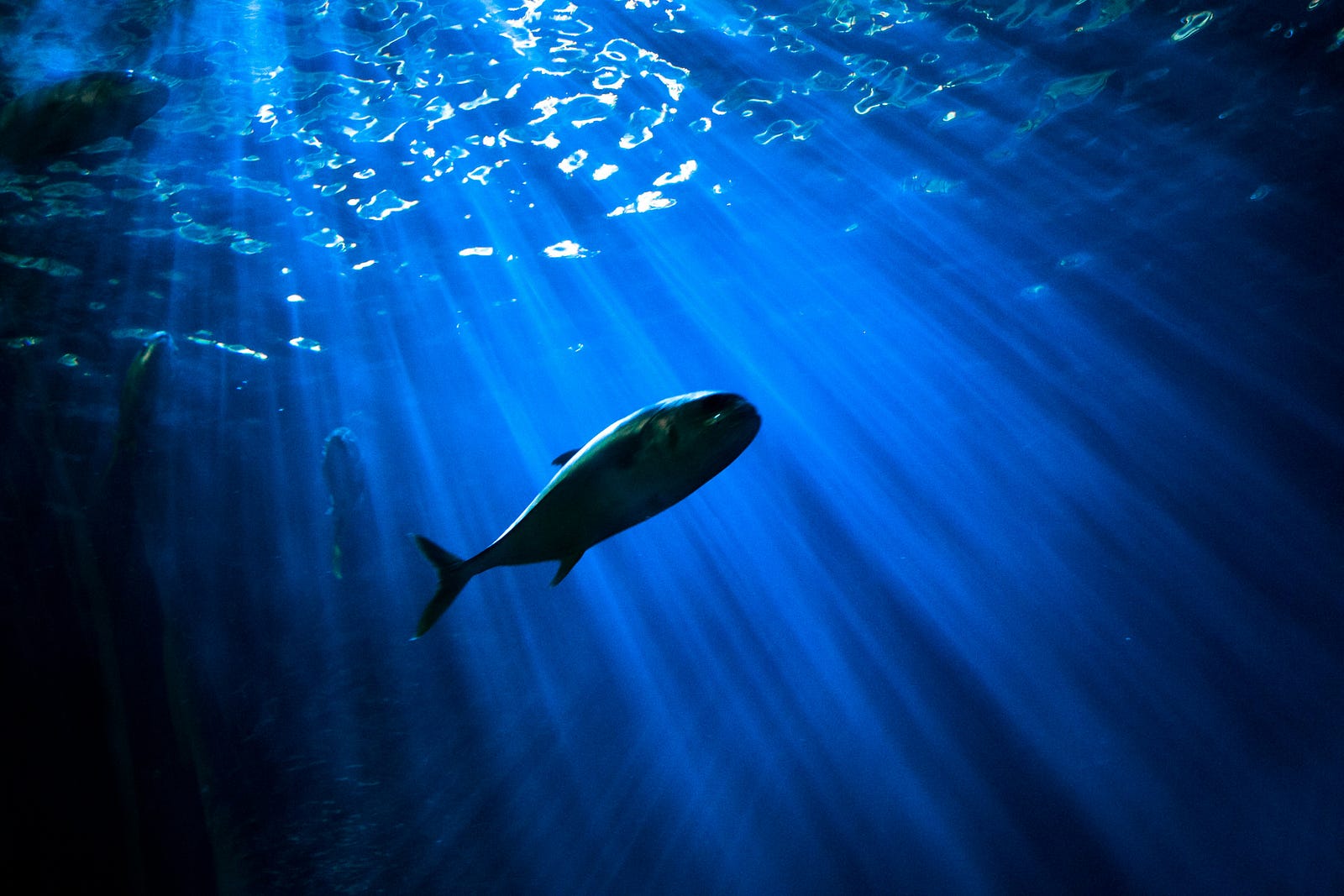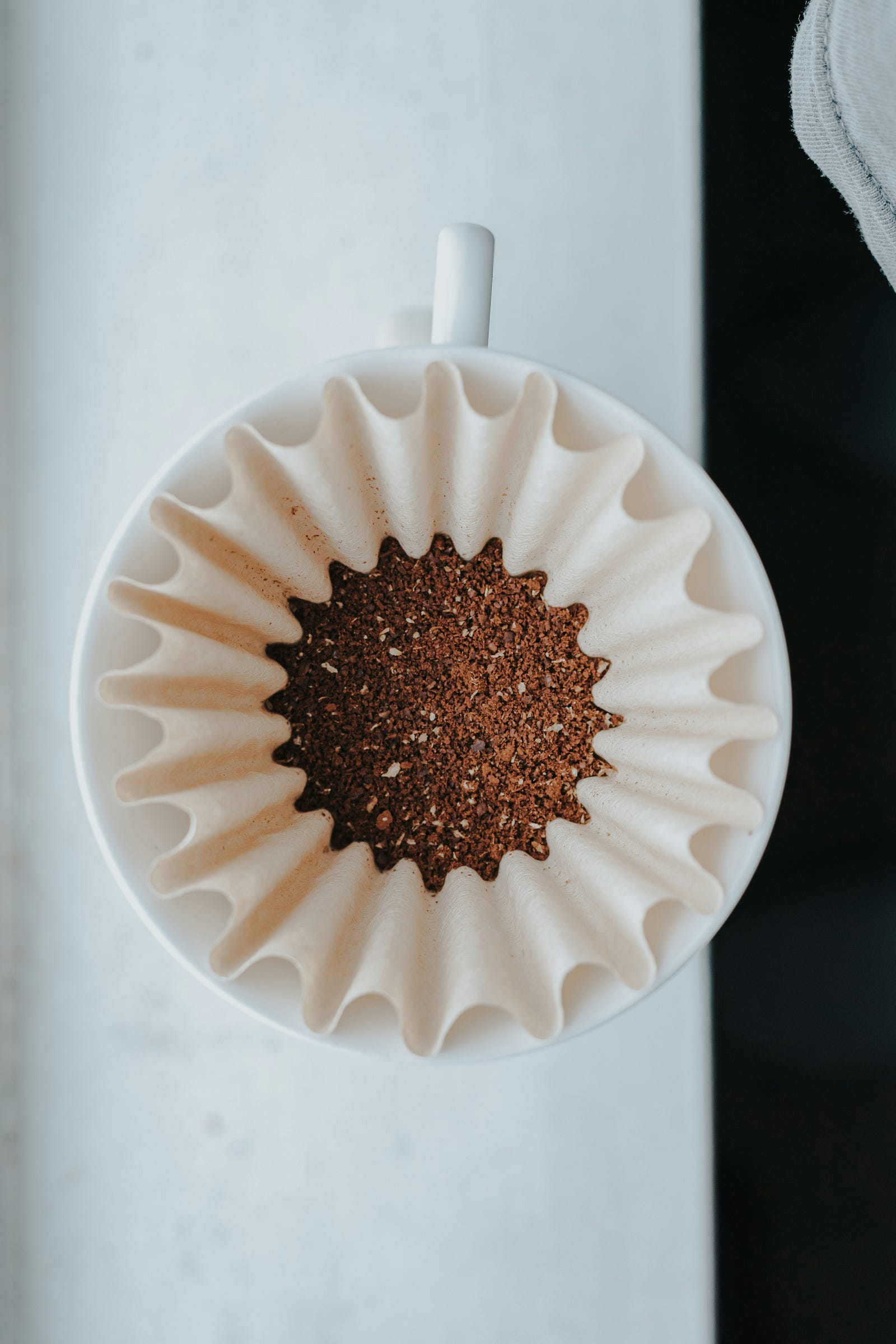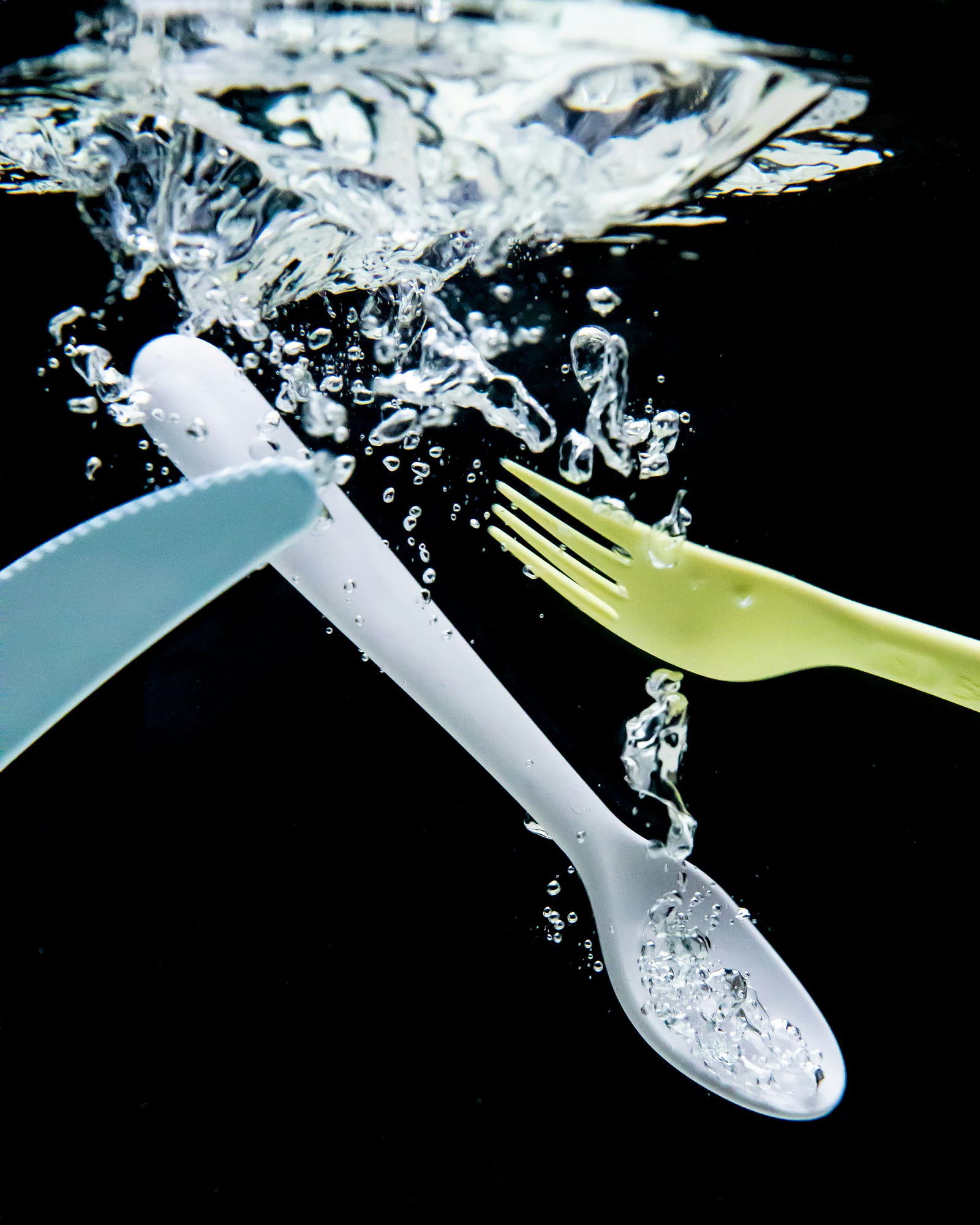IN AN ERA MARKED BY TECHNOLOGICAL ADVANCEMENT and convenience, an inconspicuous threat silently infiltrates our daily lives: microplastics.
I have begun to worry about these minuscule particles.

However, recent research findings caught my eye. Did you know that boiling tap water effectively removes 90 percent of microplastics?
Today, I will explore the problem of environmental microplastics before turning to this new finding.
The “plastic age.”
They permeate the air we breathe, the water we drink, and the soil beneath our feet and have emerged as an omnipresent concern.
Their pervasive presence in global drinking water and food supplies raises alarming questions. How do microplastics influence the environment and our health?

As we navigate this landscape of microscopic pollutants, unraveling the intricate web of implications surrounding microplastics and contemplating sustainable solutions for a healthier future is imperative.
Some researchers even call this the “Plastic Age.”
My concern
Plastic is everywhere in our oceans and Great Lakes, making it the most common type of trash floating around.
This plastic comes in all sorts of shapes and sizes. The National Ocean Services explains that when it’s smaller than five millimeters (about the size of a pencil eraser), we call it “microplastics.”
A groundbreaking study recently shook me.
Scientists reported that the bottled water you can buy at the store could have 10 to 100 times more small bits of plastic than we previously thought . These tiny particles are so small you can’t see them with a regular microscope.

One liter, 240,000 tiny particles
In simpler terms, researchers discovered this:
One liter of water, about the same as two regular-sized bottled waters, contains around 240,000 tiny plastic pieces.
These plastic bits come from seven different types of plastics. Most of them, about 90%, are what we call “nanoplastics,” which are incredibly small.
The rest are “microplastics,” which are a bit bigger but still tiny.
Into the lungs and gut
At 1,000th the average width of a human hair, nanoplastics are so tiny they can migrate through the tissues of the digestive tract or lungs into the bloodstream, distributing potentially harmful synthetic chemicals throughout the body and into cells, experts say.
The tiny plastic particles can sneak into individual cells and tissues in our major organs, causing potential disruptions in how our cells work.

They also bring along harmful chemicals like bisphenols, phthalates, flame retardants, and PFAS, which are known for interfering with our hormones, among other things.
When plastics get inside us, they release these chemicals, and because our bodies are warmer than the environment, these chemicals easily move from the plastic into our bodies.
It’s like plastic is carrying these potentially harmful substances right into us.
Microplastic perils
According to a recent report by the World Health Organization, microplastics have been found in drinking water sources worldwide, including bottled and tap water.
These tiny particles, smaller than five millimeters, seriously threaten human health and the environment.
Ingesting microplastics can lead to a range of health problems, including reproductive issues, developmental problems, and even cancer.
Microplastics and marine life
Furthermore, researchers have discovered microplastics in marine life, with studies showing that fish and other seafood consumed by humans contain microplastics.

This finding means that even if we reduce our exposure to microplastics, we may still consume them indirectly through our food sources.
The impact of microplastics on the environment is also significant, as they can harm marine life and accumulate in ecosystems, leading to long-term environmental damage.
Boiling water removes microplastics.
A new study discovered this remarkable fact:
If you boil and filter tap water using everyday tools, similar to what you’d use for making tea or coffee, you can slash 90 percent of those super tiny plastic particles called nano- and microplastics.
To test this, scientists added these small plastic bits to tap water from Guangzhou (China) and boiled each sample for five minutes.
Study details – Microplastics and boiling water
The boiling process caused the minerals in the tap water to form crystal structures of calcium carbonate, which acted like a shield, trapping the plastic particles and greatly lowering their amount.
According to Prof. Eddy Zeng, one of the researchers involved in the study, these tiny plastic particles could accumulate over time.

However, to get rid of any leftover particles that have been trapped, you can pour the water through a coffee filter.
This step helps to scrub away and remove any remaining plastic particles that might be encrusted in the crystal structures formed during the boiling process.
Limiting your microplastic exposure
Using a glass or stainless steel pot is best if you plan to boil your water to eliminate microplastics.
Healthline provides this guidance:
After boiling for around five minutes, let the water cool without stirring, as this helps the tiny plastic particles bind to the calcium and settle at the bottom of the pot. Once they’ve settled, you can filter or scoop them away.
However, it’s essential to know that boiling water won’t solve the microplastic issue completely.
Other ways to reduce your microplastic exposure
There are other sources of exposure we encounter regularly.

To reduce exposure, I try to avoid single-use plastic packaging, like bottled water, plastic utensils, and cooking products, and refrain from putting plastic containers in the dishwasher or microwave.
I know that regularly using these items can release plastic particles or chemicals, contributing to the problem.
My thoughts – Microplastics and boiling water
This simple boiling-water strategy can “decontaminate” nano/microplastics (NMPs) from household tap water.
The approach has the potential to harmlessly alleviate human intake of nano/microplastics through water consumption.
Moreover, we can each improve the planet by avoiding single-use plastic packaging.
Increasing evidence indicates that plastics may gather in the body, leading to issues such as oxidative stress, inflammation, insulin resistance, problems with gut health, and potential liver issues.
I look forward to writing more about the absolute health risks of microplastics.
Thank you for reading “Microplastics and Boiling Water.”




